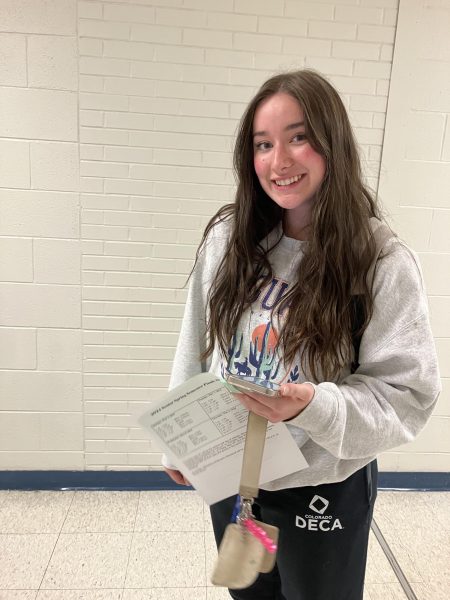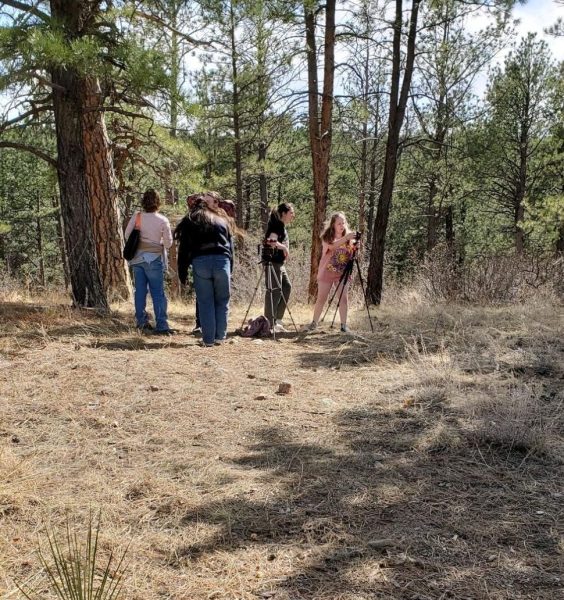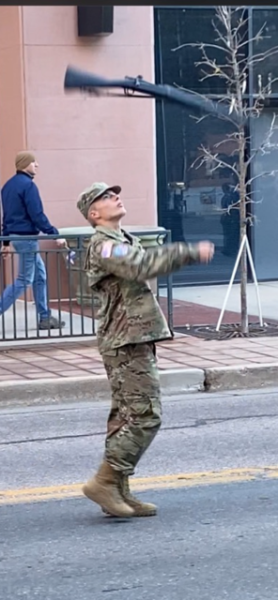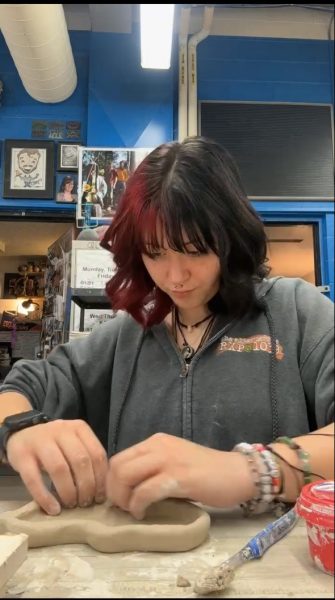Honoring Donors for their Selfless Acts
Staff Sgt. Bennie J. Davis III
Among many organ recipients, one of the strongest is retired Master Sgt. Janet McWilliams, who became the tenth person in the United States to have undergone a hand transplant in 2010. Labeled for reuse.
Around the world, people are severely ill and in desperate need of transplants; however, the process of organ donation has been continuously expanding and saving many peoples’ lives.
As many are struggling with the battle of illness, and are in need of organ transplants, multiple organizations (both state and nationwide) provide help with the process of matching donors and recipients. These organizations work with both the patients and their families.
Almost anyone–living or recently passed–is able to become an organ donor. Most organ transplants come from those who have severe brain injuries and those who have been declared brain dead. However, the number one priority is to make all attempts to save the patient’s life before even discussing organ donations with the family.
Junior Julia Gentry discussed what the main arguments of organ donation are and how she feels about donating.
“I am personally an organ donor, and often when people have an argument against organ donation, it is in the name of religion,” Gentry said. “However, organ donation is condoned by all major religions as a way to help the world around you. For me personally, I want to donate my organs if I can, because I can’t use them if I’m dead.”
While families struggle on how to handle certain situations surrounding organ donations, special teams guide them through the difficult time. LifeGift is one of many organizations that works with families towards the first steps of organ donation.
LifeGift works with families to inform them on how the process works, and to answer any questions they may have. The organization also discusses religious concerns.
After being given full consent from the family, the team will then respectfully work on which organ the recipient is receiving from the donor.
LifeGift ensures that all donors who work with the program are suitable for donating before the process begins. The program even raises awareness for donors who have passed. The family of the passed donor is given special care and support, in whatever way they may need.
Similar to other organizations, LifeGift also helps arrange funerals, and doesn’t delay any services for the family. Two weeks after the recipient receives their donation, the family of the donor is notified on where the organs went, and is given basic information about the patient who received them. The family can be updated on the patient’s status and their improvement later on by contacting the donation center.
The updates that are given to the families of donors show the remarkable gift that was given to a person who was in dire need of a transplant. The UNOS has multiple stories of hope and the gift it has been to the family and the patient.
One story on the UNOS website is that of Skylar Myers. Rikki Myers, his mother, discovered that at eighteen weeks pregnant, her child had a serious heart defect.
Skylar was born with a failing heart, due to the defect, hypo-plastic left heart syndrome. Without a heart transplant, he was going to die. But, because of an organ donor, Skylar Myers is in school and living an active life.
“Organ donation is a really good practice because it allows someone to give something they would otherwise not be able to give, and it aids those who need the organs,” said sophomore Elizabeth Palmer.
While the process is draining and is hard for the family of the donor, there are ways to honor the donor. For example, the United Network for Organ Sharing located in Richmond, Virginia, is a center to honor and remember those who have passed.
UNOS is a peaceful and a bright place where the families of those who have passed and donated can go to remember and honor their loved one. At UNOS, a symbolic ceremony of remembrance takes place for family members in mourning. “The Wall of Tears”, at the entrance of the center, contains the following words:
“Friend, wife, son, daughter, mother, sister, husband, brother, father.”
The stone symbolizes the tears shed by families and friends.
The facility also holds a “Wall of Names.” Every name of a donor who has passed away is engraved on the stone, which is surrounded by bright flowers, positive light and the words “hope, renewal, and transformation.”
UNOS is also home to a butterfly garden. The butterfly garden was made to illustrate the renewal of life. As families continue through UNOS, they can find a grove, where an inspiring row of holly trees leads to the start of the water the flows through the entire center. The rippling water represents the generosity of the donor and the fact that organ donation doesn’t end with a single recipient.
UNOS is a place for families from all over to grieve and honor their loved ones. The center creates a connection between the families of donors and recipients and their families. The UNOS exists as a representation of the long journey of the organ donation process.
Organ donations have improved quality of life for those previously ill. When people receive their driver’s permit and later on their license, the option to become an organ donor is presented. People can make this choice on their own terms.
“I am currently listed as an organ donor myself and have been ever since I got my license,” said substitute teacher Karen Grove. “I feel it is a critical and important thing that all people should do. If I’m gone and I have healthy organs that can provide for the life of someone else, then so be it.”
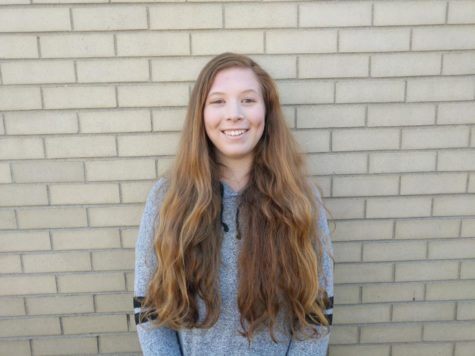
Hey! I am Summer Morse and I am a junior at AAHS. I love the outdoors as well as reading and writing. I love animals I have two dogs, two cats, two guinea...




